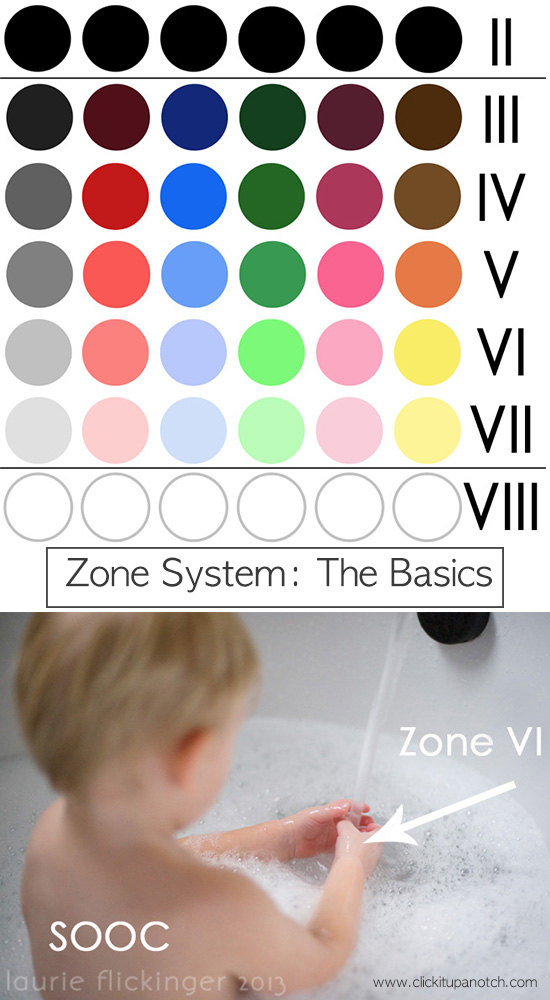Your camera's light meter can't tell the difference between a black cat in a coal mine and a white cat in a snowstorm. It assumes everything you point your camera at is somewhere about halfway in between those extremes. That's why the best card to use to set exposure is a grey card.
Unless you tell it otherwise, many cameras will try to expose whatever you point it at to that medium value.
Light meters have gotten a little more sophisticated in recent years, but you have to give them something to work with. When the entire field of view is more or less the same color and brightness, the added logic doesn't have much to go on.
Some cameras are getting pretty good at guessing better with actual scenes, especially those with RGB+IR light meters which use all three primary colors plus near-infrared to meter the scene and compare it to a library in the firmware that will probably be able to tell the difference between a bright blue sky in the top of the frame and dark green forest in the lower part of the frame. The light meters in older and many entry level cameras are monochrome and can't meter in color, so they have to guess even more and often get tricky situations completely wrong.
Guidance from the photographer can go a long way, even when the photographer isn't necessarily very knowledgeable about the intricacies of exposure. one way a novice photographer can give the camera a hint is with scene modes. Most entry level cameras have a few or more scene modes.
Scene modes are a way of the less knowledgeable or less experienced photographer telling the camera what the conditions of the photo are so that the camera can use the appropriate settings to maximize the chances of a successful photo.
One example: Snow or beach scene.
The more experienced photographer understands that a camera doesn't know if we are photographing a black cat in a coal mine or a white cat in a blizzard. The more experienced photographer knows how to alter the camera's settings to make the scene look bright without totally overexposing the image or dark without totally underexposing the image. The novice does not usually know they need to do this, much less how to do this.
Unless we tell the camera to do differently, the camera will try and make everything a medium brightness. So if the camera is set on full "Auto", a picture of the snow will look bleak and gray because the camera will expose bright white snow as medium gray!
"Snow/Beach" scene mode to the rescue!
We don't have to know how to adjust exposure for snow or bright sand at the beach, we just have to know to tell the camera we're taking a picture of a very bright scene by turning the mode dial to "Snow" and the programming in the camera will do the rest!
The same is true of the many other scene modes. It gives the less knowledgeable photographer a way to tell the camera what kind of scene they are shooting and the camera will attempt to pick the best combination of shutter duration, aperture, and ISO to use for that particular kind of scene. The photographer doesn't really need to know what the camera does to get there. They just need to be able to recognize the difference between a bright sunny day at the beach (Snow/Beach scene mode) and a night out on the town (Night portrait scene mode). They just need to be able to tell the camera they are shooting a running subject (Sports scene mode) or a static nature scene (Landscape scene mode). This allows the camera to emphasize what is most important for a particular type of shot. If conditions are less than ideal, the camera will use one of the other, less important factors for a particular type of photo to compromise and keep the most important thing as optimal as possible.
As a photographer begins to advance their knowledge and skill level, they learn how to use exposure compensation to tell the camera about the scene in front of them. Eventually they learn about different metering patterns and when each is most useful and how each affects what their camera's meter is telling them.
There are a few manual exposure snobs that think shooting in any exposure mode other than manual exposure mode is unprofessional. I am not one of them. There is certainly a time and place when manual exposure is the best choice, but there are also other situation when other exposure modes may be better suited to getting the results one wants.


